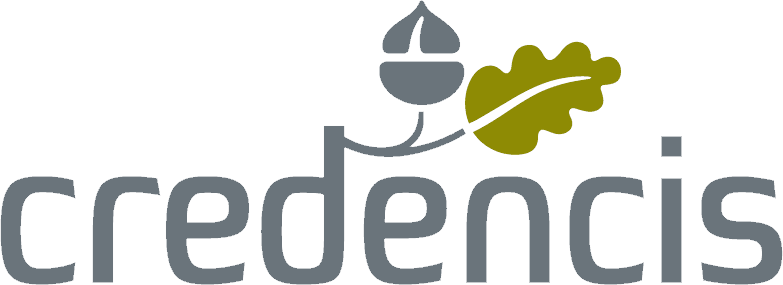Since the introduction of auto-enrolment, as a company director, you have been obliged to make contributions to your employees’ pensions. But what about your own retirement provision?
You can make contributions as an individual or via your limited company and claim tax relief on both. But understanding how much you can contribute and the best way to do so tax-efficiently can be harder as the owner of a company.
Keep reading for your guide to making contributions to your pension as a company director.
The pension Annual Allowance and tax relief
Tax Relief
One way in which pensions are tax-efficient is through relief on the contributions you make. You receive tax relief on your contributions at your marginal rate.
This means that, as a basic-rate taxpayer, you’ll receive 20% tax relief. A £100 pension contribution will cost you £80, with the government adding £20. If you are a higher- or additional-rate taxpayer, you’ll still receive relief at 20%, but can reclaim the extra tax through your tax return.
The Annual Allowance
Although you can pay as much as you like into your pension, there is a cap on the contributions you can make while still receiving tax relief. This is known as the “pension Annual Allowance”. It currently stands at £40,000 or 100% of your pensionable earnings, whichever is lower.
This could cause a problem if you want to make contributions as an individual. If you pay yourself a low wage – with a substantial portion of your income coming from dividends – your pensionable earnings will be low. This could limit the amount you can contribute while receiving tax relief.
The Tapered Annual Allowance
Conversely, if you do pay yourself a salary, you might trigger the Tapered Annual Allowance.
If your “threshold” and “adjusted” income exceeds certain levels set by HMRC, your £40,000 Annual Allowance will reduce by £1 for every £2 of income above the “adjusted” limit.
The maximum reduction is £36,000, meaning that your allowance could drop to just £4,000.
You might consider using pension contributions to lower your income below the taper amount. Speak to us if you think this might be an option for you.
Alternatively, consider making your pension contributions through your business. This can be tax-efficient in many ways.
Making pension contributions directly from your company
Paying through your company is tax-efficient
If you make employer contributions directly through your limited company, the 100% earnings cap is removed. You can contribute up to the full £40,000 of the Annual Allowance and receive tax relief.
Remember, too, that the Annual Allowance can be carried forward for three years. If you haven’t used your allowance previously, you could contribute up to £160,000.
Contributions made directly from your company benefit from Corporation Tax relief – a potential saving of 19%. There are also no employer National Insurance contributions to pay.
Your contributions must be an allowable business expense
To qualify for tax relief, your contributions will need to be deemed an allowable business expense and pass the “wholly and exclusively” test. This means proving that the contributions are made wholly and exclusively for the business.
There are a couple of checks you’ll need to make to ensure your contributions pass this test:
Are your contributions below annual company profits?
Are your contribution amounts similar to others in your company who do similar work?
If the answer to either of these questions is “no”, your contributions might not be deemed allowable business expenses. Also note, this is not an exhaustive list of the checks HMRC could make, so speak to us if you are unsure.
The right option for you
Providing for life after work is equally as important for a company director as it is for an employee.
Paying as an individual could see your contribution amounts limited by the pension Annual Allowance. Contributing through your limited company, though, can be hugely tax-efficient. You’ll receive Corporation Tax relief and tax relief on contributions, and have no employer National Insurance contributions to pay.
The best way to contribute will depend on your circumstances and pensionable earnings, so be sure to contact us before you make a decision.
We can use our expertise to build a long-term retirement plan that is based on your needs and aligned with your personal, and business, goals.
Get in touch? We can help.
If you would like to find out what Credencis can do for you and your retirement, please get in touch.
You can call 01158 967 538 or click on the button below
Please note
The value of your investment can go down as well as up and you may not get back the full amount you invested. Past performance is not a reliable indicator of future performance. Levels, bases of and reliefs from taxation may be subject to change and their value depends on the individual circumstances of the investor.
Workplace pensions are regulated by The Pension Regulator.

